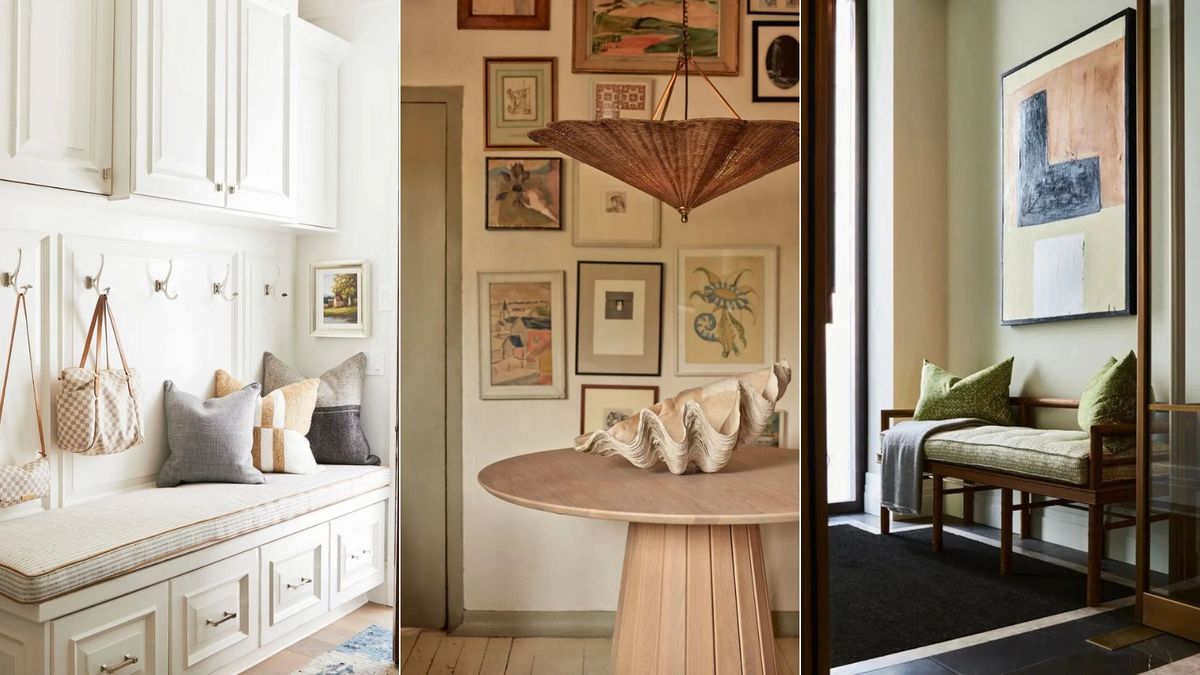pioneer of the quirky British interior

You might not have heard of late antiques dealer turned interior decorator Geoffrey Bennison — but you will recognise his style. His classic, often flamboyant, aesthetic blended pieces from different eras with antique textiles and sumptuous fabrics, while maintaining a relaxed feel.
In much demand from the 1960s to the early-1980s, his rarefied clientele included the Rothschild family as well as model Jean Shrimpton and her then boyfriend, actor Terence Stamp, who hired Bennison to decorate two of his homes.
Newer generation interior designers such as Benedict Foley and Joanna Plant cite him as an influence on their work. Even Robert Kime, famed for being King Charles’s favourite decorator and widely acknowledged as one of design titans of recent times, who died in 2022, described Bennison as his biggest hero, adding, “He was a very, very clever man . . . he had a wonderful eye for decorative objects, his taste was flawless.”
All of which makes it somewhat perplexing that Bennison’s work remains relatively unknown outside interior design circles, on the 40th anniversary of his sudden death from a brain haemorrhage aged 63.

“Geoffrey was definitely one of the pioneers of the ‘lived-in look’,” says interior designer Alidad, who befriended Bennison as a fledgling decorator in the early 1980s. He became a regular visitor at Bennison’s antique shop on London’s Pimlico Road, which had eclectic pieces ranging from ancient sculptures to Turkish tapestries and Roman heads on top of oversized pedestals. These pieces were bought on his travels throughout Europe as well as Tangier and Marrakech, which he visited often.
“He could have the grandest pieces in a room but not make it like a museum. He would turn it into a cosy, comfortable room, which is actually very difficult to do but that influence is seen in lots of work today,” says Alidad. “He wasn’t afraid of putting fabrics together or things clashing. His look was very theatrical but there was also a timelessness.”
Delve into Bennison’s work and it is clear he helped set the stall for the “undone look”, which eschews anything too formal and overstyled, and has come back into style in the past few years.
Foley also credits Bennison for interior design’s continued interest in floral patterns. “The layered decorating style that we have now, with patterns on patterns, is really a consequence of Geoffrey, which was amplified by Robert Kime,” he says. “Also, he sourced antiques and textiles from all parts of the globe across different centuries. And he brought them together into fantastical stories that he created.”
One of Bennison’s most noteworthy projects was the Parisian apartment of Princess Firyal of Jordan in 1982, in which he blended English and French antiques, an unconventional move at the time. The pièce de résistance was the dining room painted a pale blue faux marble with plates set on carved gilt wood pedestals. These in turn were fixed to gold and black lacquer, set within golden frames. He once said of his exuberant approach: “Always put something mad on top of something very good, or something very good on top of something mad.”


Bennison’s dramatic flair was honed through his training at Slade School of Fine Art in central London. Born in Ashton-under-Lyne, near Manchester, to a building contractor father and a mother who later ran a small fabrics business, Bennison was poised for a career as an artist until he contracted tuberculosis and spent eight years in sanatoriums in the UK and Switzerland.
Broke and jobless after his illness, he set up a stall in Portobello Market selling objets he had collected over the years. Within months, his knack for discovering unique and interesting pieces made him a huge draw with antique dealers and interior designers.
He went on to open a shop in Islington before moving to Pimlico Road in 1962, among neighbouring shops such as antique mirror specialists Ossowski, which remains there today, and antique furniture dealer Geoffrey Rose. Despite the distinguished decoration jobs that later followed, he never gave up his shop because he always saw himself as a dealer first.
“His approach was completely different because he was an artist before coming into antiques and then interior design,” notes Alidad. “His shop inspired me more than anything else. He taught me about scale and how things are mixed together, like huge marble busts next to a large antique table, and all of it looked fantastic.”
In many ways, Bennison’s relative anonymity in the wider world was his own making. He was picky about his clients, turning down most of the work he was offered, usually because he did not take to the owner, the house — or if a potential client was audacious enough to curtail his budget or the freedom to design as he saw fit. It meant that in Bennison’s entire 20-year decorating career, he only worked on 11 major projects. The successful fabric brand bearing his name, which specialises in textiles based on 18th and 19th-century English and French offerings that were his trademark, was founded following his death in 1984.

“He was so far from mainstream, which is why the man in the street would never have heard of him,” says Deborah George, who worked with Bennison from 1979 until his death as the colourist and producer of his fabrics, often deliberately faded for an antique look. She has continued in the same role for Bennison Fabrics. “It was all very discreet and you never would even speak about who your clients were.”
Bennison Fabrics, located off Pimlico Road, was set up in 1985 by Gilly Newberry, Bennison’s right-hand woman, when on his death she inherited a share of his estate and a small collection of his textile designs for clients. Today, the collection of more than 200 is created with Bennison’s aesthetic and appreciation for craft at the forefront. Designs are still painstakingly hand-drawn — sometimes taking up to three months — by the brand’s designer, Alex McIntyre, who along with George, Newberry and her husband Geoff, were part of Bennison’s inner sanctum, and all fabrics are made to order in the UK in small batches. There is also a showroom in New York.
In 2015, Newberry, who had previously worked at Vogue and David Bailey’s photographic studio, charted Bennison’s life and work in the book Geoffrey Bennison: Master Decorator, published by Rizzoli. The foreword was by Picasso biographer John Richardson, one of Bennison’s closest friends, who wrote that “Geoffrey could count on an unerring eye and taste that was eccentric and quirkish rather than safe and ‘good’”.
Newberry died last year but the remaining three remain passionate about keeping Bennison’s legacy alive. “Whenever we are creating something new, he is always our point of reference,” says George.
Foley believes Bennison’s work will continue to transcend generations. “His work is constantly inspirational and has a total relevance, which is to do with things like his love of fabrics, antiques and very conscious layering. He really still shows how good design can be.”
‘Geoffrey Bennison: Master Decorator’ by Gilly Newberry (published by Rizzoli)
Find out about our latest stories first — follow @FTProperty on X or @ft_houseandhome on Instagram
link




